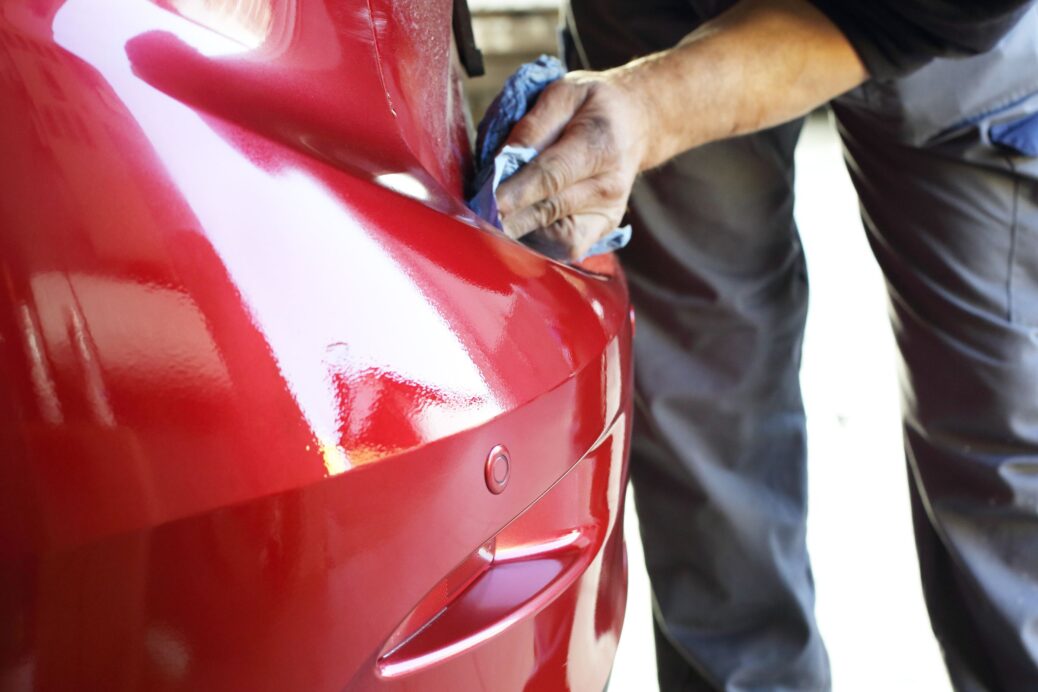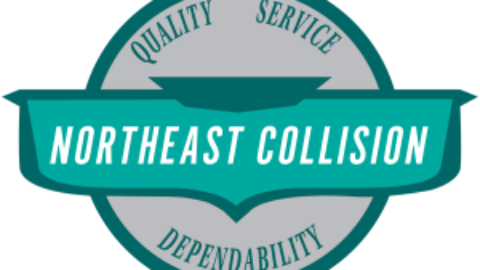When it comes to giving your car a fresh new look, a full body car paint job is the perfect solution. However, the cost of a car paint job can vary significantly depending on several factors. The price of a car paint job is influenced by the quality level of the paint used, the size and type of the vehicle, and the labor involved in the preparation and application process. Higher quality paint and a larger vehicle will typically drive up the cost, while smaller cars and standard paint options may fall on the lower end of the price range. On average, an auto body paint job can range from a few hundred dollars to several thousand, with the average cost falling somewhere in the middle. It’s important to consider the quality of the work and the materials used when determining the price you are willing to pay for a car paint job, as this will ultimately affect the longevity and appearance of the finished product.
Factors Affecting Cost
When it comes to getting a car paint job, there are several factors that should be considered, as they can all affect the overall cost of the project. Factors such as the type and quality of paint used, the size of the car, any necessary repairs or prep work, and the level of expertise of the auto body shop or painter can all play a role in determining the final cost. Understanding these factors can help car owners make informed decisions when it comes to getting their car painted and ensure they are getting the best value for their money.
Vehicle Size
Different vehicle sizes and types will impact the cost of a paint job. Smaller cars, such as compact sedans, will generally require less paint and therefore cost less to paint. On the other hand, larger SUVs and trucks typically have more surface area to cover, requiring more paint and labor, which will ultimately result in a higher cost for the paint job.
The size and type of the vehicle will directly impact the amount of paint needed. This includes not only the surface area to be covered but also the panel material. For example, an SUV with more metal panels will require more paint than a car with predominantly plastic panels.
Location can also factor into the cost, as some areas have higher labor and material costs than others. Ultimately, the larger and more complex the vehicle, the higher the cost of the paint job is likely to be. Therefore, it’s important for vehicle owners to consider the size and type of their vehicle when budgeting for a new paint job.
Paint Quality
The quality of paint used in a car paint job is determined by several factors, such as longevity and appearance, which can significantly influence the overall cost of the project.
Longevity refers to how well the paint will hold up over time and resist fading or chipping. High-quality paint typically lasts longer and requires less maintenance, which may result in lower long-term costs. Appearance is another important factor, as high-quality paint can provide a superior finish, with better color retention and a smoother, more professional look.
Using the best quality paint possible is crucial for ensuring the longevity and maintenance of the car’s appearance. Not only does high-quality paint provide better protection against environmental factors, but it also enhances the overall aesthetic value of the vehicle.
In terms of cost, high-quality paint options are generally more expensive upfront compared to standard options. For example, standard paint may cost around $500 for a full car paint job, while high-quality paint can range from $1,000 to $3,000 or more, depending on the brand and type of paint.
Paint Color
Several factors can influence the cost of paint color for car repair. The difficulty of creating a specific color, the type and popularity of the paint, and the choice of mainstream or specialty colors all play a role in determining the total cost. Specialty colors, such as metallic or custom colors, are often more expensive than mainstream colors due to the complexity of creating and applying them. Additionally, specialty paints may require additional coats or specialized techniques, increasing the cost of the paint job.
If a car owner chooses a specialty color for their car paint project, they can expect the total cost to be higher than if they were to choose a mainstream color. Additionally, changing the vehicle’s color altogether will also impact the cost, as it may require extra preparation and additional materials to ensure a professional and long-lasting finish. While mainstream colors are more readily available and easier to apply, specialty colors require more expertise and time, leading to a higher overall cost.
Paint Finish
There are three main types of paint finishes for a car paint job: glossy, satin, and matte.
Glossy finishes provide a high-shine, smooth surface that reflects light well, giving the car a polished and luxurious look. Satin finishes have a soft sheen, falling between glossy and matte, providing a sleek and contemporary appearance. Matte finishes are non-reflective and have a flat appearance, giving the car a modern and understated look.
In terms of cost differences, glossy finishes tend to be the most expensive due to their high level of shine and reflectivity. Satin finishes are usually a bit more affordable, while matte finishes are often the least expensive.
For those on a budget, a satin finish would be the ideal choice as it provides a good balance between cost and aesthetics. It offers a sleek and stylish appearance without the higher price tag associated with glossy finishes. However, it’s important to consider the long-term maintenance and durability of the finish when making a decision.
Vehicle Condition
The current condition of your car’s paint can significantly influence the cost of a car paint job. If your car has deep scratches, dents, holes, or rust, it will require more extensive preparation before a fresh coat of paint can be applied. The presence of these issues will increase the time and labor required for the paint job, thus impacting the overall cost.
If there is significant damage to the paint, it’s important to focus on the collision repair process before considering repainting. This may involve fixing dents, filling in holes, and treating any rust spots before the new paint can be applied. Neglecting to address these issues can result in a poor-quality paint job and a shorter lifespan for the new paint.
The overall age of your vehicle won’t matter as much as the current condition of your paint. Even a newer car with extensive paint damage will require more work and cost more to repaint than an older car with minimal damage. It’s important to thoroughly assess the current condition of your car’s paint before getting a cost estimate for a paint job.
Auto Body Painting with Northeast Collision
At Northeast Collision, our highly skilled technicians specialize in providing top-quality auto body painting services. With years of experience and expertise in the latest painting techniques, we take pride in delivering flawless finishes that exceed our customers’ expectations.
Our process begins with a thorough assessment of the vehicle’s condition, followed by meticulous preparation to ensure a smooth and even surface for the paint application. We utilize state-of-the-art equipment and premium-quality paints to achieve a stunning, long-lasting finish. Whether it’s a minor touch-up or a full repaint, our team has the knowledge and experience to handle any painting project with precision and care.
To request an estimate for a paint job, simply fill out a form or give us a call to schedule an appointment. Our friendly staff will be happy to discuss your needs and provide a detailed estimate based on the scope of the work required.
Trust Northeast Collision for all your auto body painting needs and experience the difference our expertise makes in delivering exceptional results.






